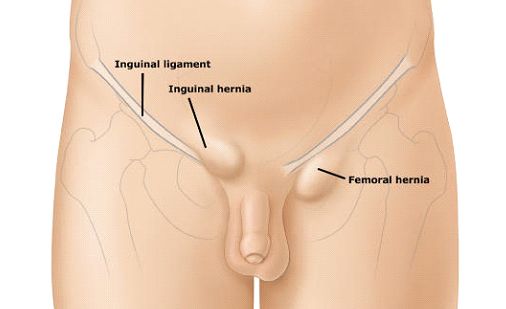Contents
The lump or lump in the groin
How do you define a lump or lump in the groin?
A lump or lump in the groin is often a cause for concern. It may be firm or soft to the touch, painful or not.
Most of the time, it is a small node that swells to cope with a mild infection. The lump disappears after a day or two, as suddenly as it appeared. But a lump in this area can still be synonymous with a hernia or a more serious problem, such as cancer.
What causes a lump or lump in the groin
A “lump” in the groin can be a swollen lymph node, a benign cyst, lipomas (small benign fat balls) or a hernia, among others.
A lymph node is a small structure whose role is to filter lymph, a liquid that carries white blood cells and plays a major role in the immune system. There are lymph vessels and nodes all over the body, especially in the groin area – these are referred to as inguinal nodes, varying in number from 4 to 20.
These nodes can swell when they are called upon, especially if they are infected.
Common causes are, among others:
- an infection in the leg, feet (a simple ingrown toenail may be enough to trigger a reaction)
- an infection in the genital area (injury or pimple on the pubis, sexually transmitted infection, etc.)
- a viral, bacterial, or parasitic infection, such as infectious mononucleosis or toxoplasmosis, which results in swollen lymph nodes all over the body
- an insect bite, or an allergy, in that area of the body
- much more rarely, cancer (especially lymphoma, but also cancer of the prostate, colon, anus, etc.).
A lump in the groin can also be an inguinal hernia, which is the protrusion of the peritoneum or a portion of the intestine through the abdominal wall, at the level of the groin (inguinal canal). . The hernia can be congenital or occur late in life due to weakness in the abdominal wall. It can be painful and is most noticeable when standing.
When the hernia appears below the crease of the groin, more towards the thigh, it is called a crural or femoral hernia.
What are the consequences of a lump or lump in the groin?
Most often, the lump will correspond to a swollen node, mobilized to fight a benign infection. The lymph node will again become painless and undetectable quickly.
However, any lump in the groin should alert: if no cause seems obvious, and if the lump persists, consult without delay. This is also the case if the lump is accompanied by other symptoms such as fatigue, fever, rash, etc. If the lymph nodes all over the body swell (generalized lymphadenopathy), it is also necessary to see your doctor.
What are the solutions for a lump or lump in the groin?
The treatment will obviously depend on the disease in question. In case of infection, for example, antibiotics may be needed.
If no obvious cause is found by the doctor, he may order tests, especially a blood test. Other more extensive tests, such as a biopsy or an MRI, can help check for the presence of cancer.
If the lump is a hernia, surgery may be necessary to close the opening that lets the protrusion pass.
Read also :Our sheet on lipoma What you need to know about mononucleosis Our fact sheet on toxoplasmosis Allergy Information |











గజ్జలో గడ్డలు ఉన్నాయి నోప్పీగా